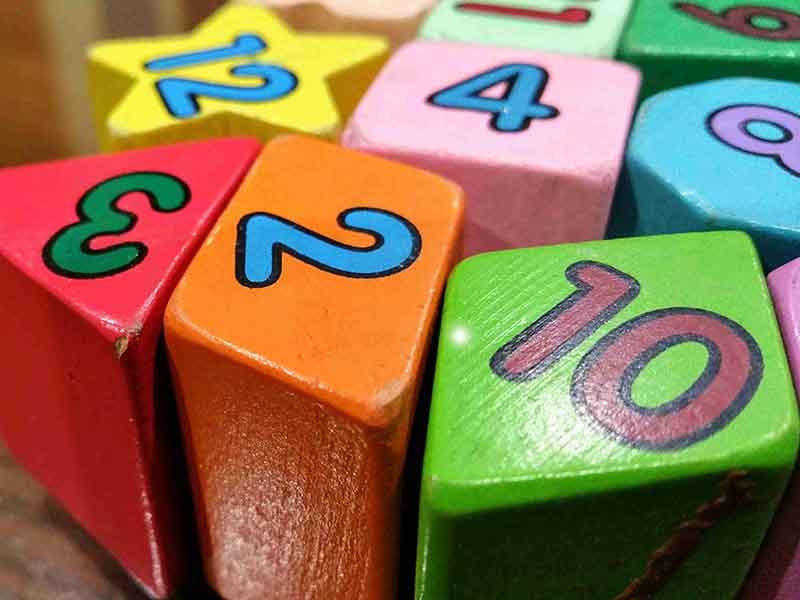 Handwriting is an important foundational skill for every student. While they may only have it as a separate subject in early grades they will use the skill throughout their lives.
Handwriting is an important foundational skill for every student. While they may only have it as a separate subject in early grades they will use the skill throughout their lives.
Why Neat Handwriting Matters
You may think that when you child hands in a writing assignment they will be graded on the content and organization of the writing, not the neatness. However, research shows that papers with neat handwriting consistently receive higher points. Studies also show that students with neat handwriting score higher in math and reading tests. One reason for this may be that students with neat handwriting have spent more time writing and writing words out by hand creates a lot of strong neural-motor pathways in the brain. Another possible explanation could be that neat handwriting requires observation skills and attention to detail. These skills will naturally help a child succeed in any subject.
Why Your Student Needs to Have the Correct Pencil Grip
The correct pencil grip enables the student to smoothly move a pencil across the page easily forming letters by moving their fingers. The correct grip is a tripod grasp, using two fingers and the thumb. An incorrect grip does not allow the student the same amount of precise control over the movement of the pencil. A poor grip can also lead to finger and hand muscles tiring quickly which can lead to an avoidance of writing tasks.
How to Help Older Students Correct Bad Handwriting Habits
It is important to correct bad handwriting habits as soon as you notice them. Every time your child holds the pencil incorrectly or forms a letter in the wrong pattern of movement they are strengthening an incorrect neural pathway. To break that pathway they need to immediately correct their work. Keep in mind that it is harder to correct a bad habit than form a good habit. Your child will need to form the letter correctly more times than they have formed it incorrectly to make the correct pathway in their brain stronger than the incorrect one. Even when it seems like they have corrected the habit keep a close eye, as the bad habit pathway will not be erased until it has gone unused for a good amount of time.
Here are four steps you can take to help your child on their journey to neat handwriting. If doing these does not help improve their handwriting or they are unable to correct these issues after they have been given plenty of time, patience, and encouragement you may need to have them evaluated by an occupational therapist who will be able to uncover any underlying issues that may be preventing them from improving their handwriting.
First: Pencil Grip. Ensure they are gripping the pencil correctly. Explain to an older child why they need to hold it the correct way and that once they get used to it they will find writing easier.
Second: Letter Writing. Watch them form both the lowercase and uppercase alphabet to find out if there are any letters they are forming incorrectly. Make a list of any letters that need work. Then give your child some extra practice. Try to make it fun. They can think of silly sentences that will use the letter multiple times, write the letters with sidewalk chalk in the driveway, form the letter properly in the air, and draw a picture using the letter.
Third: Fine Motor Skills. Make sure they have strong fine motor skills. They should be using their hands frequently. Wiping counters, using a screwdriver or scissors, origami, folding clothes, and drawing or sculpting with clay are all everyday ways they can get fine motor skills practice.
Fourth: Lined Paper. If they are forming letters in the wrong proportion, such as making a tall letter short then they need lots of practice on lined paper. Some practice needs to just be forming that letter by itself, maybe 10 times every day. The next week they can move up to a list of short words that include the letter. The third week, find some sentences for them to copy that includes the letter multiple times. During the final week ask them to make-up sentences using the letter, this will push them and also reveal if the problem has really been corrected as their brain will be busy thinking about the sentence and will revert to the most automatic way of forming the letter. Don't despair, just keep them practicing on lined paper in the context of other letters eventually they will reprogram their brain and write the letter correctly without thinking about it.





